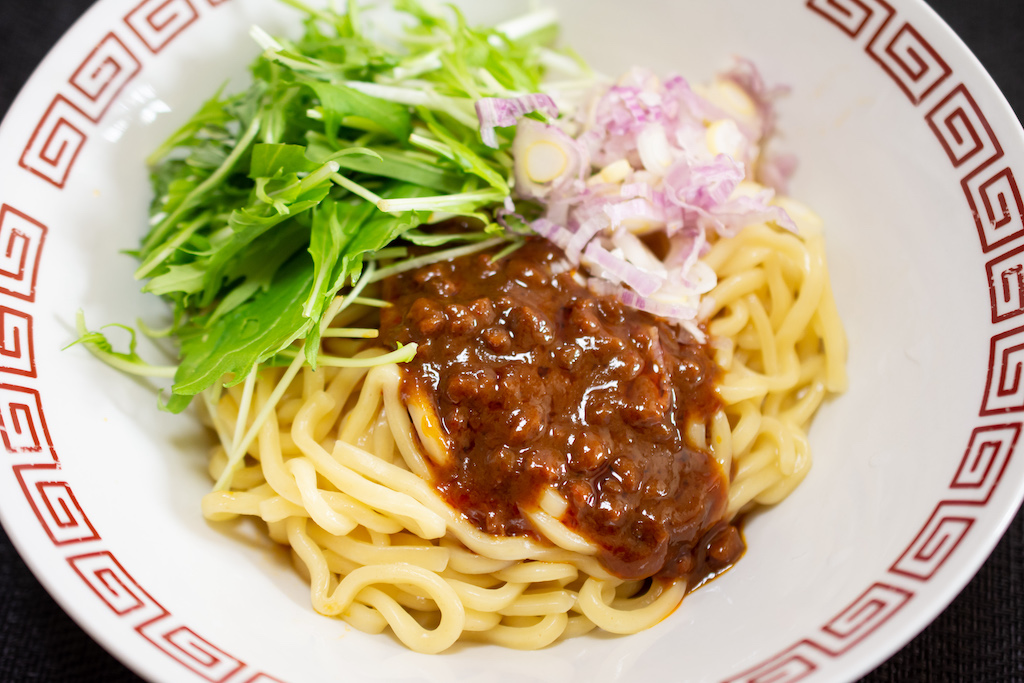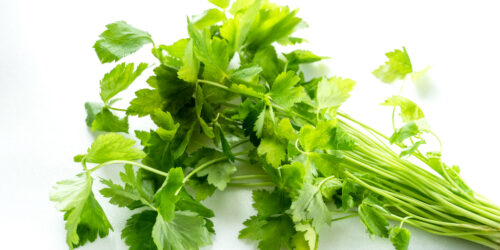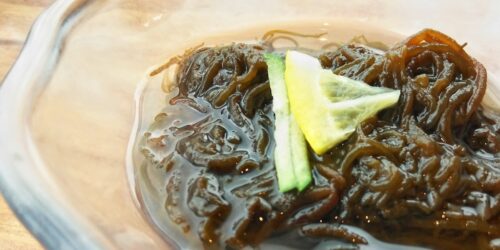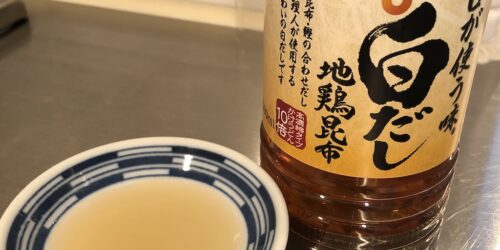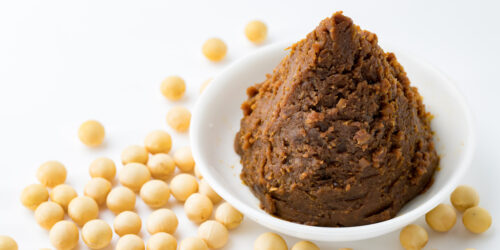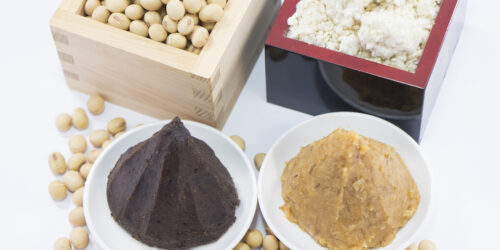The 8 Best Mitsuba Substitutes
What Is Mitsuba (Japanese Parsley)?
Mitsuba, also known as Japanese parsley is often used as topping for various Japanese dishes such as oyakodon and katsudon.

The beautiful green of mitsuba can add great color to the dishes and it wraps them in a wonderful scent.
Please check this page for details of Mitsuba.
What Is Mitsuba and How Is It Used?
Good Substitutes for Mitsuba (Japanese Parsley)
You will be able to taste more authentic Japanese food just by adding a small piece of mitsuba to the dish.
But, what if you can’t get any mitsuba at stores near you?
Here are the 8 best mitsuba substitutes for you!
Although mitsuba can also be used as a cooking ingredient, the following examples are substitutes when using it as a topping.
1. Parsley
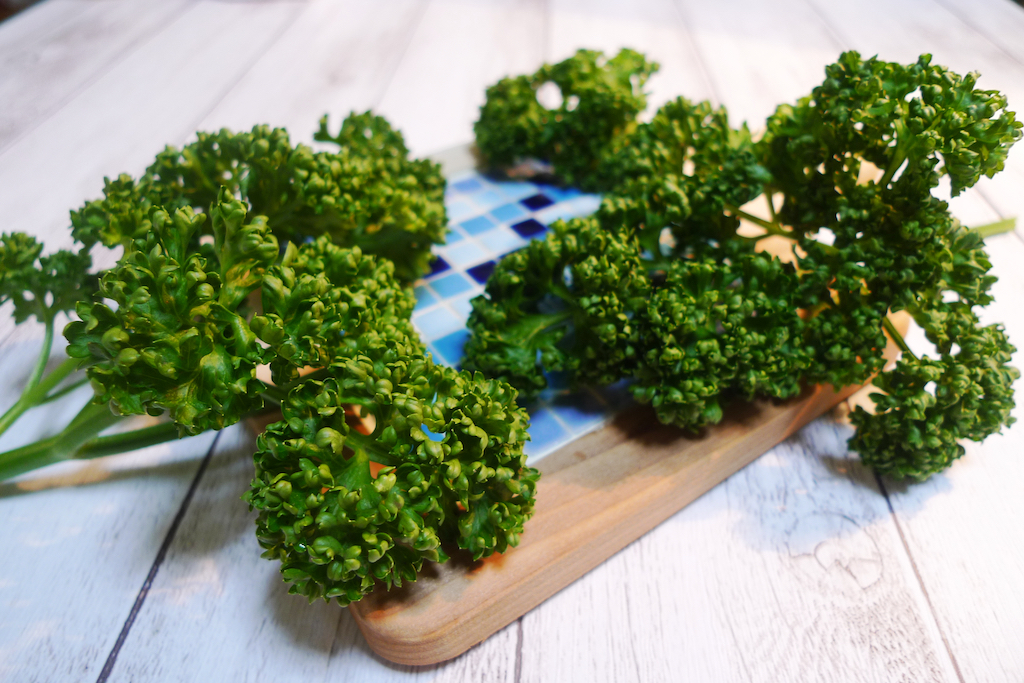
I think many people use it on a daily basis. It’s a very convenient material to add color to dishes, isn’t it?
Parsley can be good substitute for mitsuba depending on how it is used.
The texture of cooked parsley stem is similar to the one of mitsuba. So, it’s recommended to use it as a substitute after boiling or roasting a little.
Italian parsley looks more like mitsuba, so it maybe more suitable as a substitute!
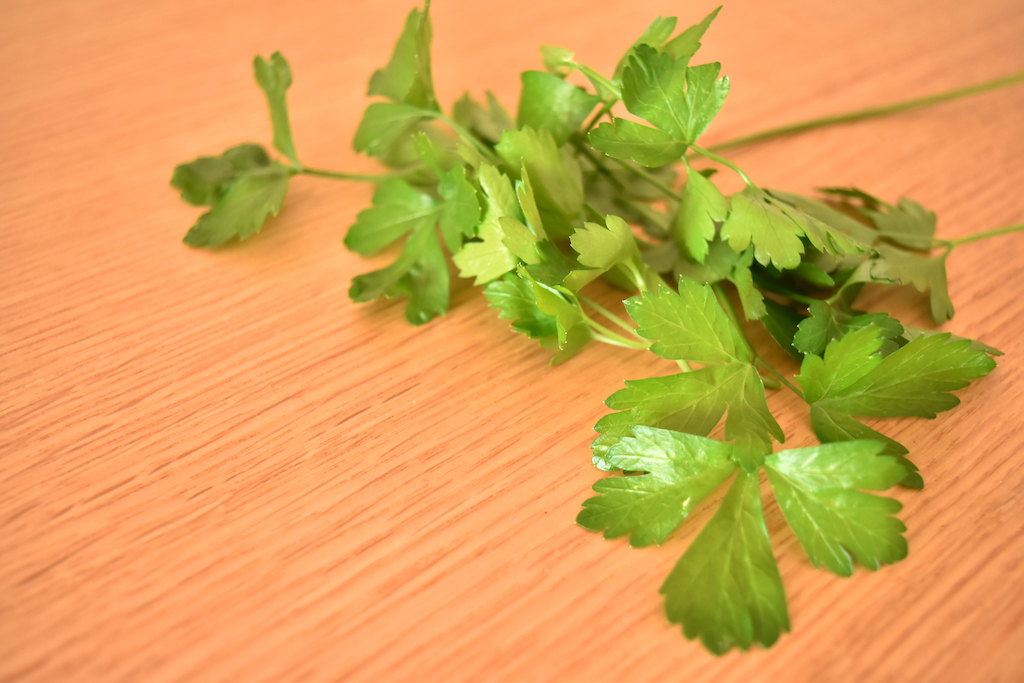 ▲Italian parsley
▲Italian parsley
2. Celery
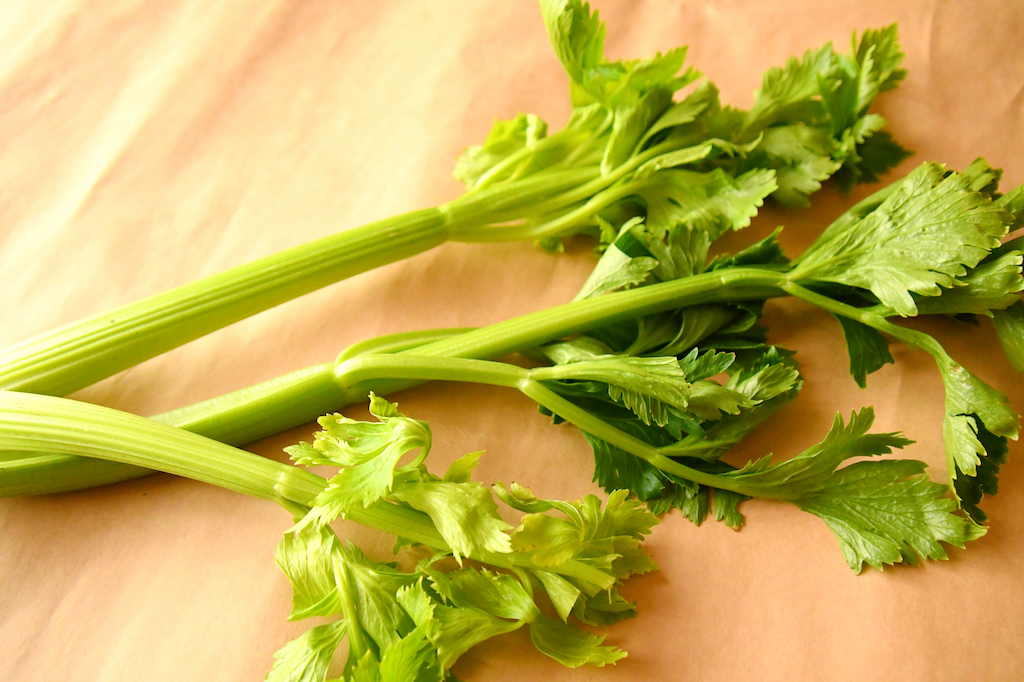
As with mitsuba, celery is Umbelliferae vegetables (parsley family of plants), and the leaves are very similar to mitsuba.
Also, it is known as “Dutch mitsuba”. Even mitsuba is sometimes used as a substitute for celery.
Celery has a unique flavor, and it’s a food that people either love or hate. So, if you love the flavor, this is the best replacement!
3. Coriander

Coriander often used in Thai and Vietnamese food can be substitute for mitsuba too.
The smell is quite different, but it’s the same in terms of a refreshing scent.
Coriander matches so well with lemon and lime, so you can add it as you like.
4. Radish sprouts / Daikon sprouts
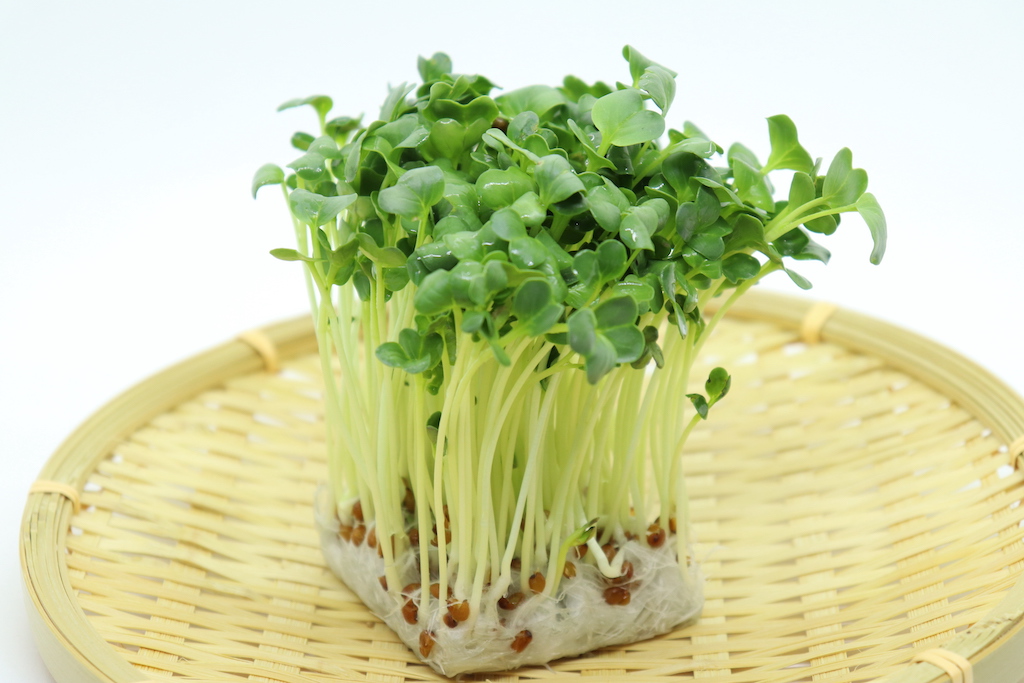
Kaiware-daikon is sprouts of white radish, and used for salad, soup, and stir-fried dishes.
It can be good substitute for mitsuba depending on how it is used.
Since radish sprouts has a little pungent taste, it’s a good idea to cook a little to reduce the spiciness.
The texture is very similar to mitsuba stem, so you can put it in various dishes in place of mitsuba.

5. Shiso
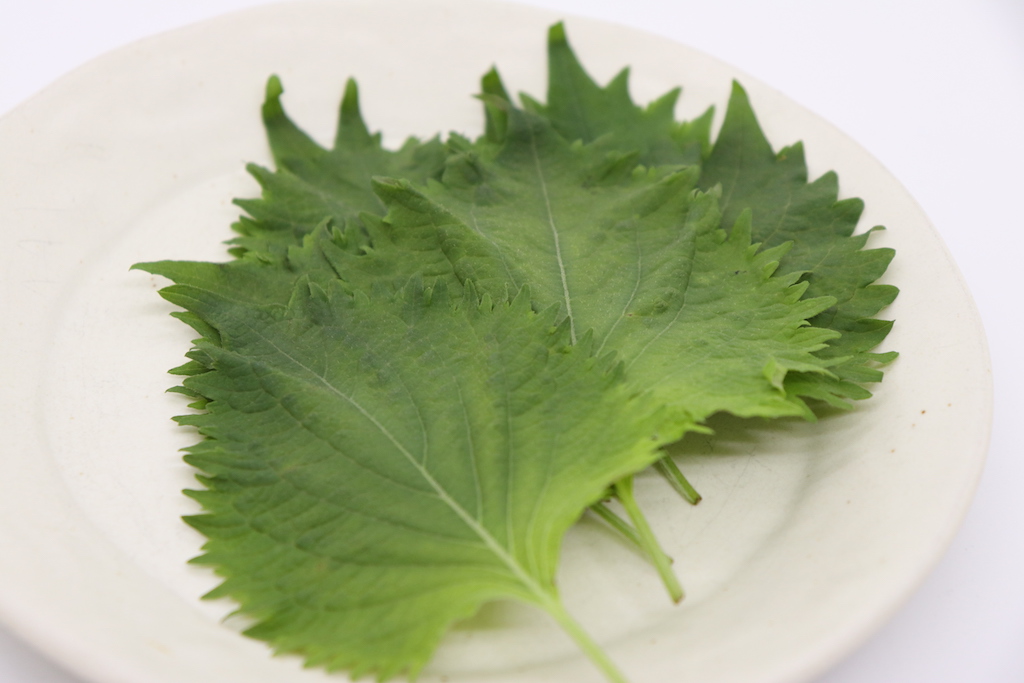
Shiso, also known as Japanese herb or Japanese basil has a good refreshing scent in different ways from mitsuba.
I would say it has milder smell among the leaves that become condiments. So, minced shiso is extremely useful topping (condiment) for various types of dishes.
Moreover, it should be great substitute for someone who is not good at the smell of mitsuba.
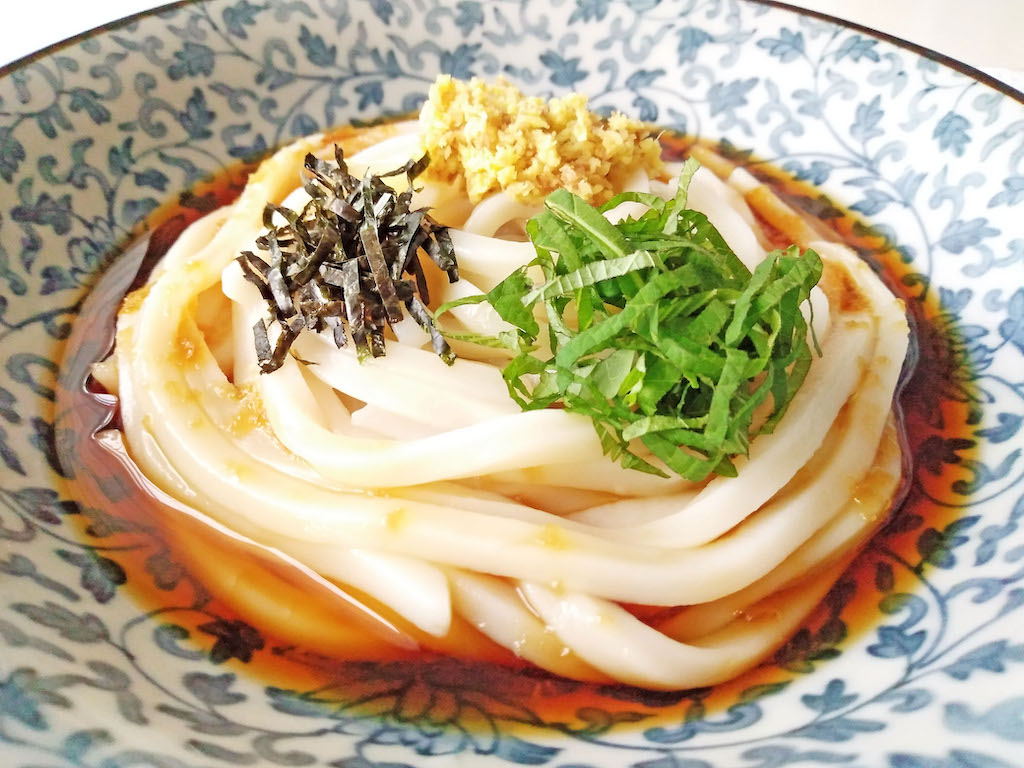
6. Green onion
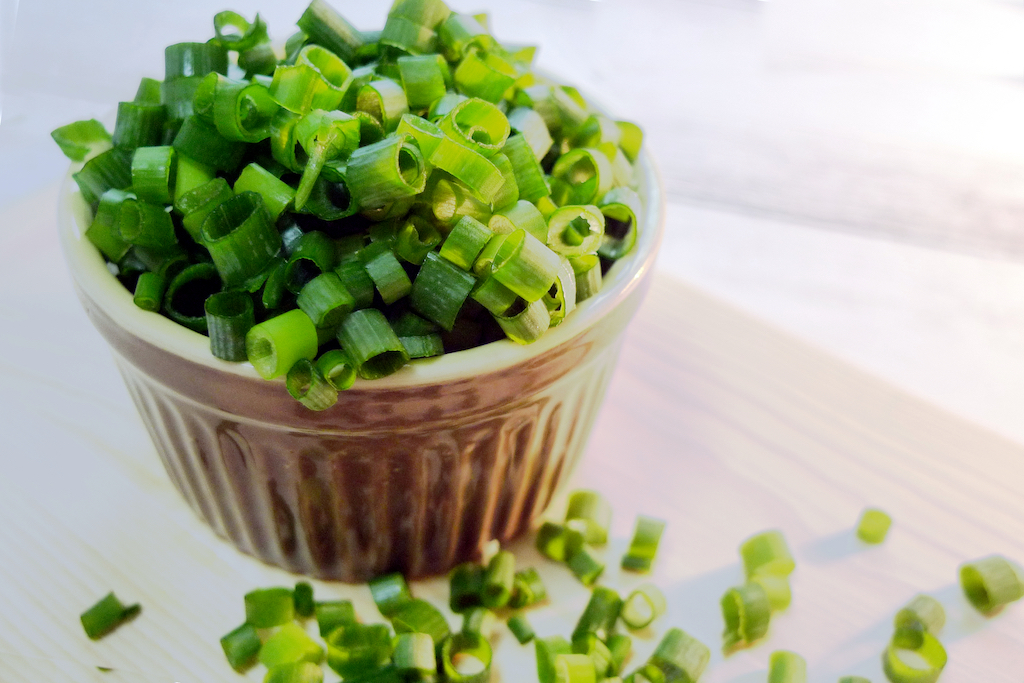
As you may know, minced green onion is a typical topping for Japanese and Asian cuisine.
I think most of you have used it as a topping once.
Although it has a little unique smell, it is relatively easy to eat and matches with various types of dishes.
So, if you are out of mitsuba, please use minced green onion in place of it.
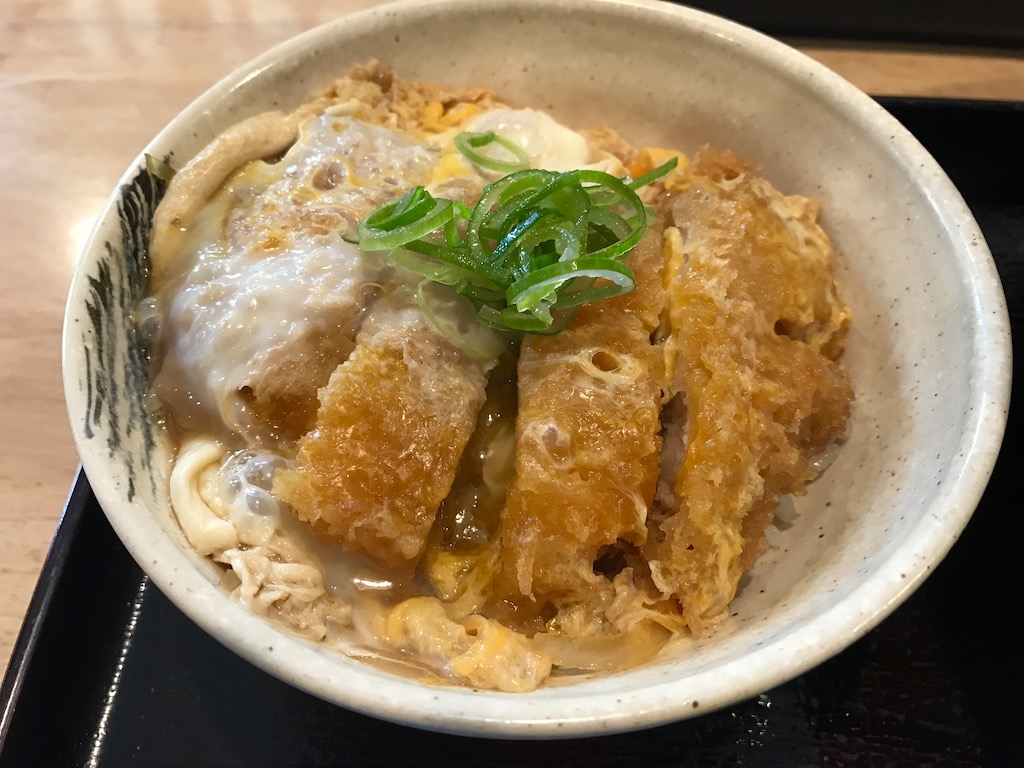
7. Spinach
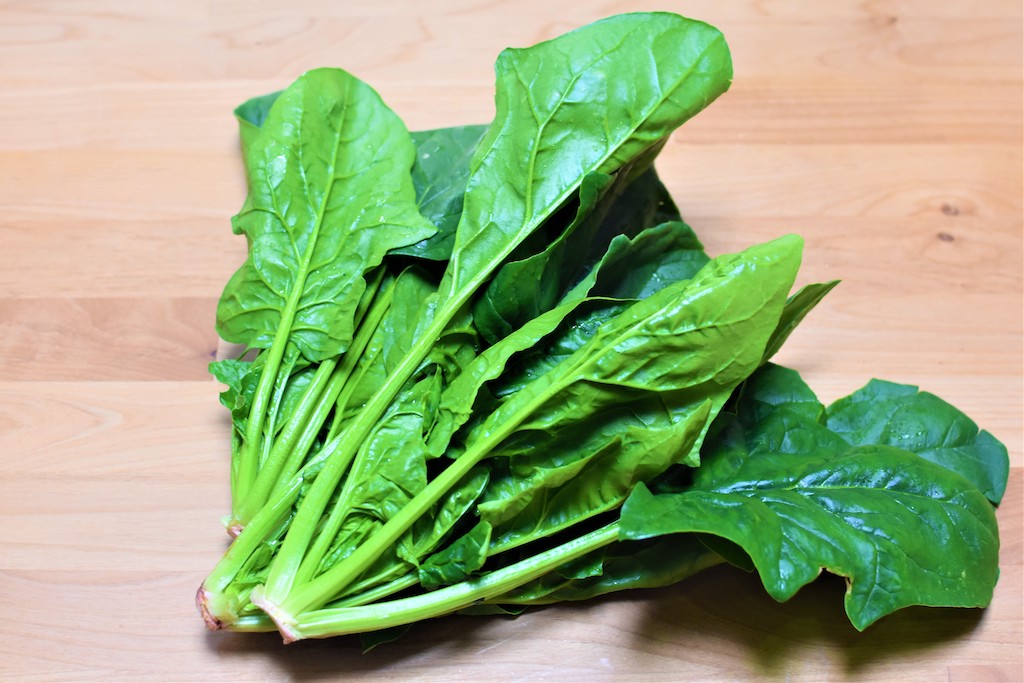
This substitute is not like a condiment, but great material for adding color to your meal. Also, it’s very nutritious.
I guess baby spinach can be put on raw, so it should be a very convenient substitute.
I don’t recommend eating Japanese spinach raw, by the way. Please boil lightly and remove the lye in advance.
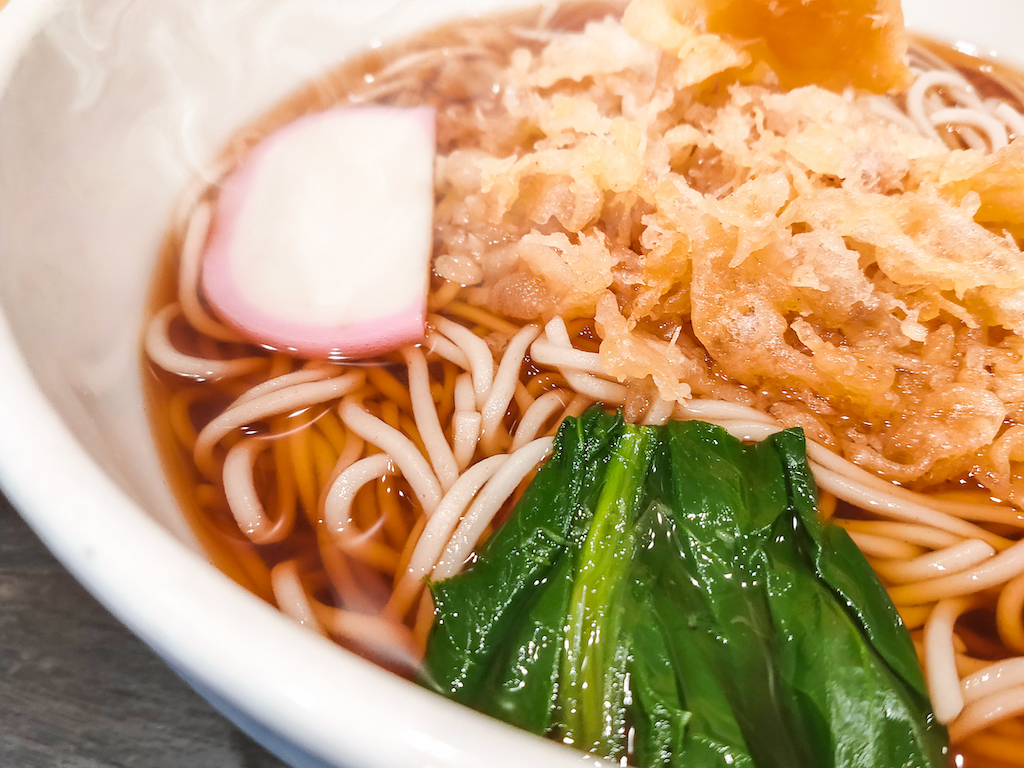
8. Mizuna greens
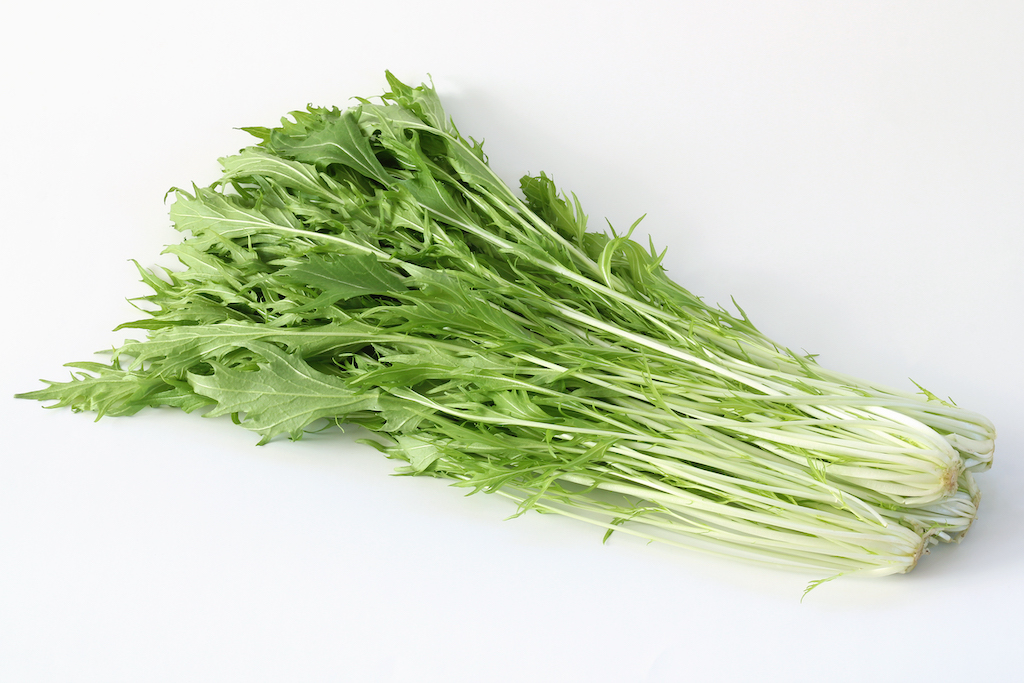
This is also nutritious vegetable that can be substitute for mitsuba.
The texture is kind of like crispy, and similar to the texture of mitsuba stem.
It doesn’t have the refreshing smell like mitsuba, but on the contrary, it is very simple and has a light taste, so it is very easy to eat.
Mizuna greens can be eaten raw. You can cut it and leave it as it is, or you can simmer it a little.
